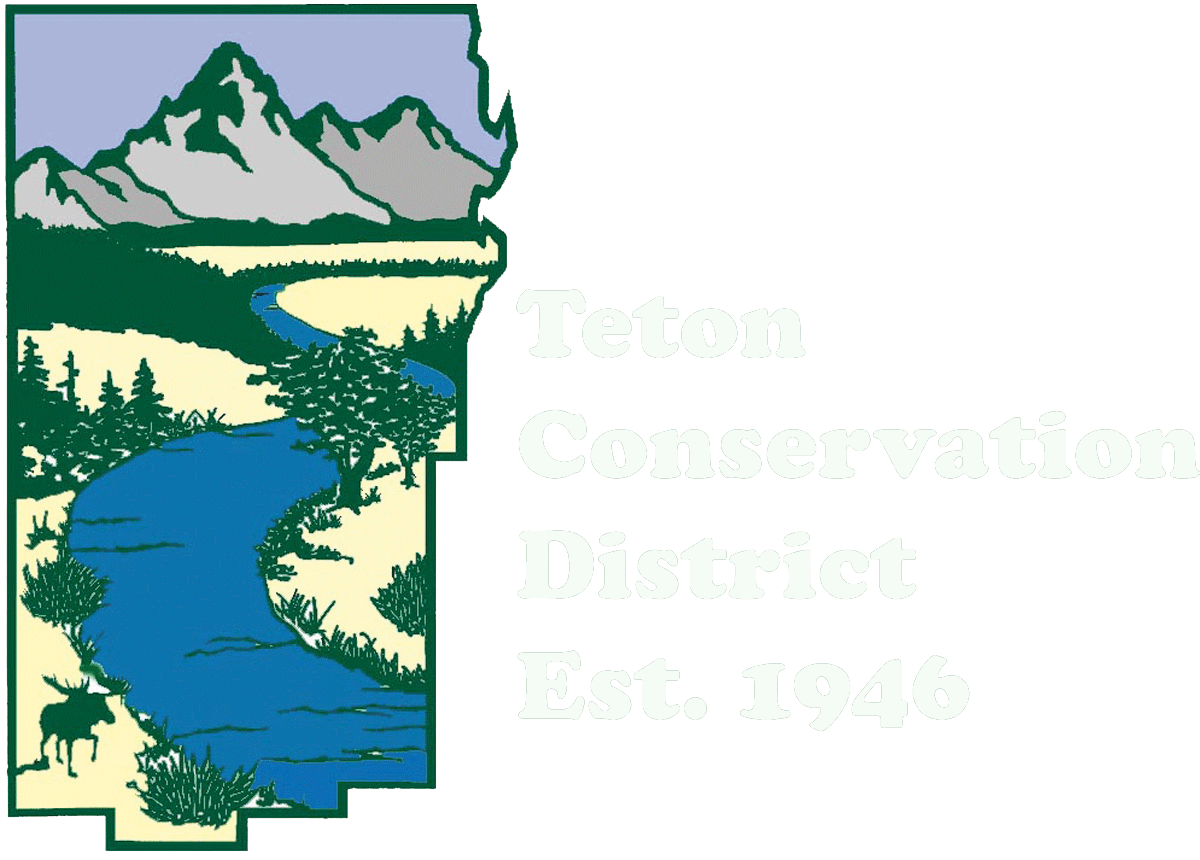Historic Photography Retake Project
Dry Cottonwood Creek and the Gros Ventrre Mountains beyond
Because land protection had an early start here in the 1870s, Wyoming is an ideal place to gain an understanding of long-term ecological and anthropogenic changes through repeat photography. Some landscapes in Teton County show signs of human land use such as livestock grazing and timber harvesting. Some have experienced forest fires and landslides. Others have been protected and seem relatively unchanged—at least on first glance. With this contrast in land use and natural phenomena, historic retake photography illustrates how a range of ecological zones including sagebrush, coniferous forest, and alpine tundra have changed over time. Inspired by early repeat photography studies, George Gruell, a wildlife biologist for the Teton National Forest, assessed the condition and trend of wildlife habitat with repeat photography. His work from 50 years ago is the inspiration and foundation for this project. Teton Conservation District supported this project through a Technical Assistance Cost Share Grant.
Hoback River near Stinking Springs



